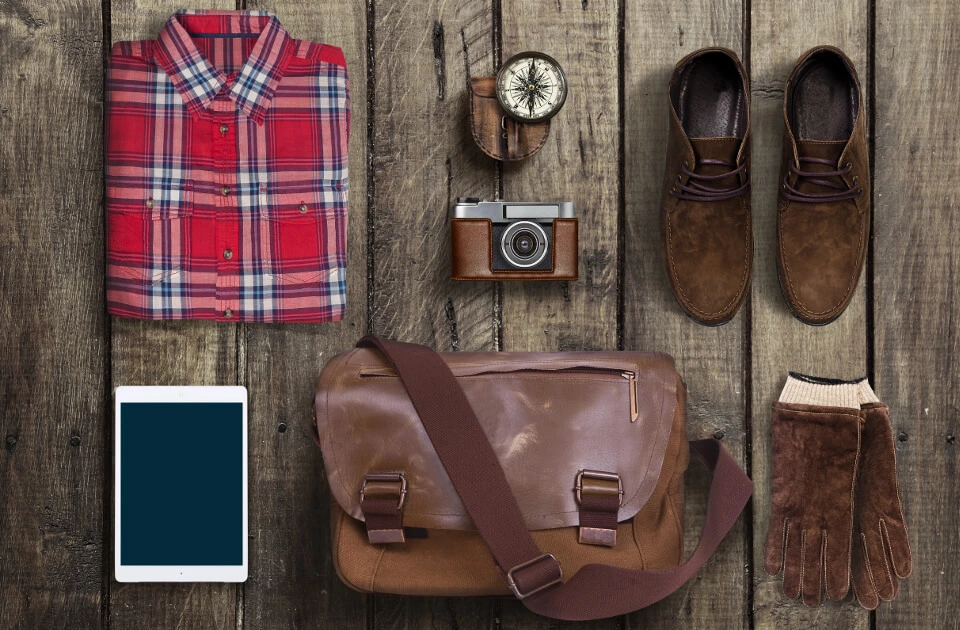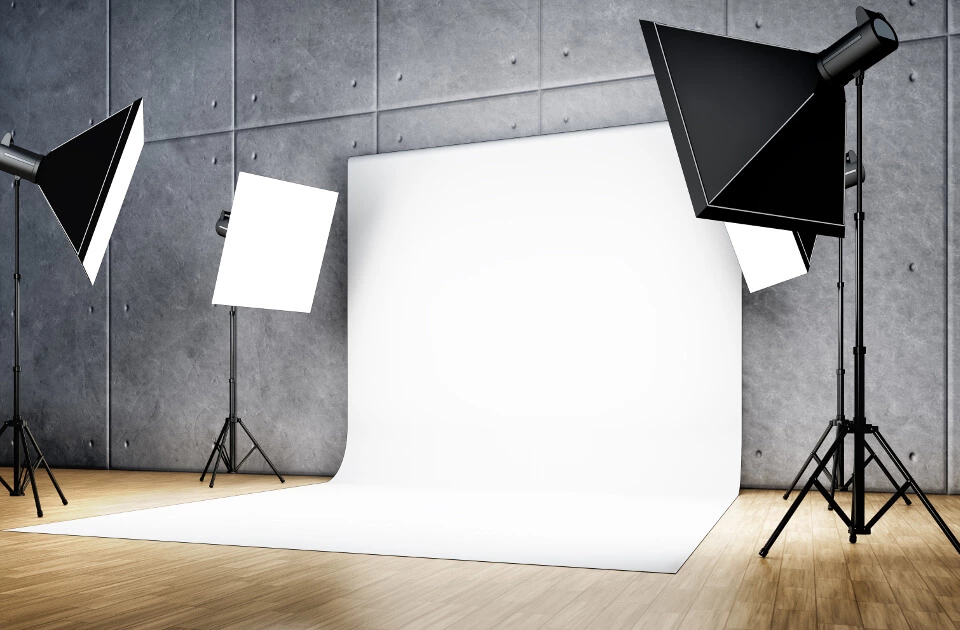Product photography: the best tips for shop owners
The biggest advantage of brick-and-mortar stores compared to online stores is that customers can actually see and touch the products. This gives them a more personal impression of the quality. In order to offer a similar experience, online store owners have to rely on visual presentations by means of product images and lively descriptions. That’s why product photos are crucial for the success of an online store.
- Intuitive website builder with AI assistance
- Create captivating images and texts in seconds
- Domain, SSL and email included
Why good product photos are so important
When it comes to online shopping, photos compensate for being able to physically handle the product. Combined with compelling and precise product descriptions, visual presentation plays a fundamental role in a customer’s purchase decision. In comparison to plain texts, photos work on an emotional level and help vendors increase their chances of a sale. Realistic presentations ensure that buyers don’t have false expectations, which can lead to complaints and returns. For first-time buyers, professional product images lead to more trust in the store and the quality of the products.
Who is my target group?
The first thing you need to do is define your target group. Who is a potential customer and whom do you want to reach with your photos? It makes a big difference whether you want to address men or women, adults or teenagers, a conservative, or a progressive audience. Each target group reacts differently to visual stimuli, colours, shapes, and product presentation.
Rational or emotional?
The buying motive, as well as the quality of the product, plays a big role for potential customers. The reason can be of an emotional or a rational nature. It also depends on the purpose and the intended use of the product. Practical use stands apart from emotional desire. Just ask yourself this question:
Does the customer actually need the product or do they just want it?
Fashion, jewellery, or home accessories, for example, count as emotionally charged products, whereas rational motives generally lie behind the purchase of technical appliances like printers, hard drives, or tools. Both factors often play a role regarding lifestyle products like smartphones or tablets: the device should be functional and possess all the important features, all while looking good and conveying a certain lifestyle. Bear this in mind when dealing with product photography and the presenting of products.
Creating a suitable representation
When it comes to product photos, it’s important to show the product from all angles as well as a close-up of relevant details. Use the zoom function to obtain the highest quality image possible. Since it is not possible to physically examine products when using an online store, it makes sense to show some products in action. It’s a good idea to have videos for products like kitchen appliances and tools, which often need demonstrations if the functions aren’t self-explanatory. This gives the product an emotional context as well as giving the potential customer a better idea of the product. In the fashion industry, models are often used to give a more realistic view of the goods.
The quality of product photography
Besides the product presentation, technical aspects also play an important role when it comes to product photos for online stores. Website visitors are more likely to associate professional photos to high quality goods, whereas amateur snapshots give the opposite impression. The image loading time should not be overly long and you should pay attention to the following points:
- Colour fastness (RGB as colour mode)
- Proper illumination
- High-resolution images (72 dpi is sufficient)
- Suitable file format (JPEG or PNG)
- Size of the image file
Images should always be available in various file sizes so that they can be displayed in different ways (e.g. thumbnails or full view). This also ensures that images don’t appear blurry and can be shown in their entirety. For smaller displays like thumbnails, 100 x 100 or 200 x 200 pixels are generally enough. Images for medium or large displays on product pages should be 600 x 600 or 800 x 800 pixels in size. An image with an integrated zoom feature needs to be at least 800 x 800 pixels.
Where can I find product images?
There are numerous ways to get your hands on professional product images. Many manufacturers offer storeowners a downloadable portfolio of all the images. Just make sure to get the manufacturer’s permission before you use their photos. Since many online stores will have the same photos for the same product, this is the easiest, yet most unoriginal, way to display your wares. On price comparison portals or in Google Shopping’s overview, potential buyers are faced with lots of identical product images. It’s best to stand out from the crowd by generating creative and well thought-out photos for your website, which also means you don’t have to worry about copyright infringement. To find out more about image rights online, have a look at our guidebook.
Conclusion: there’s no online store without product images
Professional, high quality images are crucial for online stores. These images provide potential buyers with a realistic impression of the goods, which enables them to make a valid purchase decision. For a successful online business, you need to take your target group and their buying motives (emotional or rational) into account. Whether you’re selling clothes, kitchen utensils, or electrical appliances, good product photos …
- Inspire trust
- Generate sales
- Gives the customers realistic expectations
- Lead to a higher volume of sales




